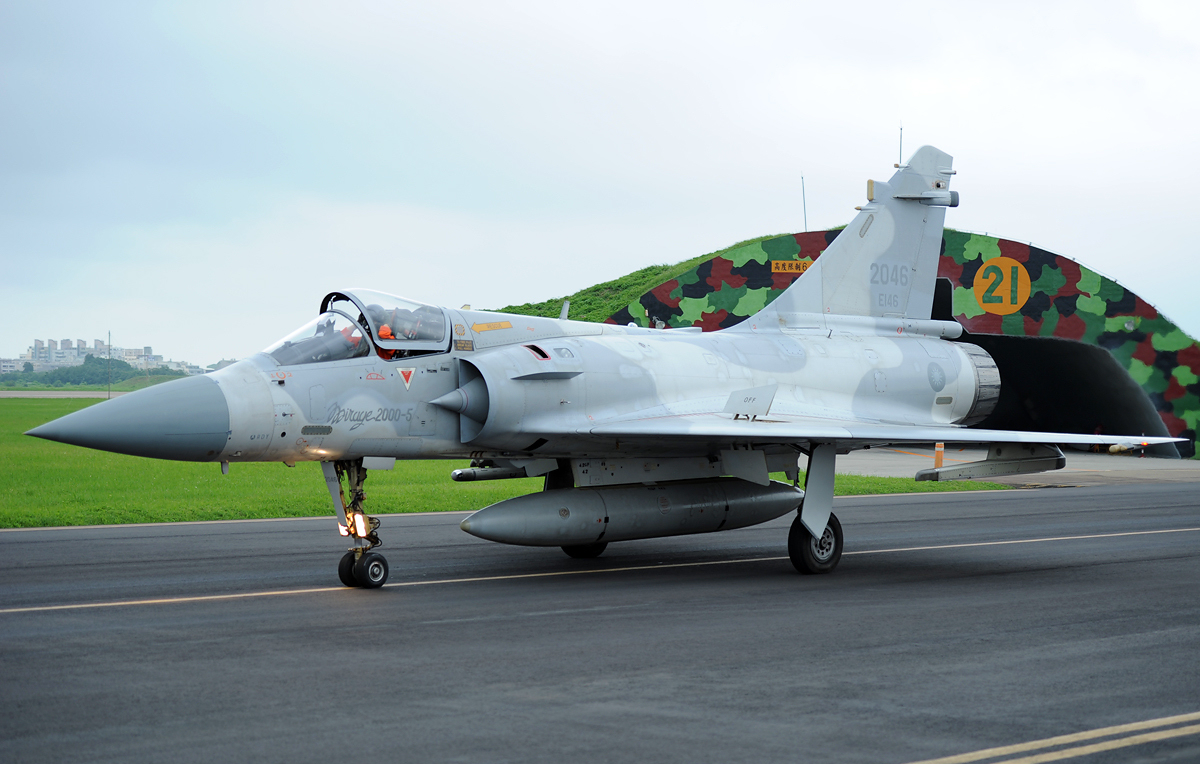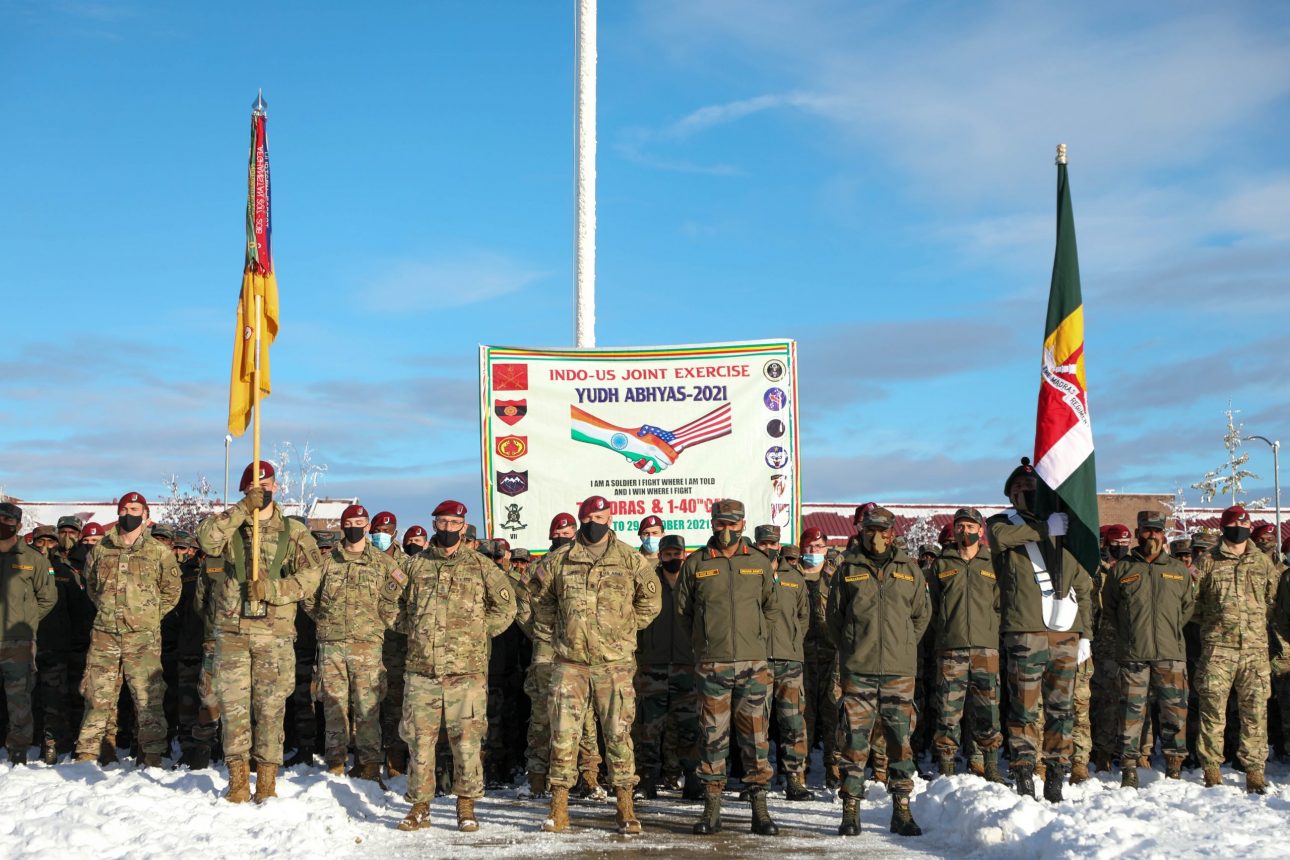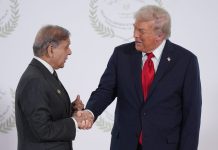Amid continued tensions between China and Taiwan, a Taiwanese Mirage-2000 fighter jet has crashed while the pilot ejected safely, according to the Taiwan Air Force.
The Taiwanese fighter jet disappeared from radar screens at 11:26 a.m., after it took off from eastern Taitung Air Base Taiwan for routine training earlier in the day, according to the Air Force.
Its sole pilot Lieutenant Colonel Huang Chung-kai was able to eject safely, the Air Force said, without providing any further details.
The presidential office said the French-built aircraft was on a training mission from the Chihhang airbase in Taitung and the pilot was recovered safely after parachuting out.
Earlier on January 11, a Taiwanese F-16V fighter jet that was recently modified went missing during a training mission over the sea. According to Taiwan’s air force, the F-16V fighter lost contact with the airbase in southwestern Taiwan.

China Flexing Muscles?
The US has imposed a series of sanctions on Moscow in response to Russia’s invasion of Ukraine. In the absence of any official commitment to protect Kyiv, Washington has chosen to act from the fringes.
Who Was Handling India’s Supersonic Missile? Pakistan Asks 7 Vital Questions To New Delhi Over Accidental Missile Firing
Apart from Russia, China is another major adversary of the US and is vying for global dominance to counter what is seen as American hegemony. Tensions have been rising in the Indo-Pacific region, with the US forming alliances such as QUAD and AUKUS in an attempt to contain China diplomatically and militarily.
This is indicative of the importance the US attaches to the region, which is home to some of the world’s busiest maritime channels, and a number of developing economies with vibrant markets. It does, however, contain some major flashpoints and the situation there keeps getting tense from time to time.
America’s Stakes In Asia
The China-Taiwan dispute is one of the major geopolitical issues in Asia, which has inevitably drawn the US and Japan into its fold. Taiwan’s defense ministry said in a report that it plans to more than double its annual missile production capacity to close to 500 this year as it beefs up its fighting force in the face of what it perceives as China’s growing military threat.
This development comes in the backdrop of a US delegation visit to Taiwan which has been unequivocally denounced by China. While the world’s attention is focused on Russia’s invasion of Ukraine, a delegation of former US officials has expressed support for another democracy under threat from an authoritarian force, CNN reported.
A warm welcome to the #US delegation led by former Chairman of the Joint Chiefs of Staff Adm. Mullen. #Taiwan is committed to working with the #US & other like-minded partners to maintain peace & stability in the region. pic.twitter.com/3j2fFgP2La
— 蔡英文 Tsai Ing-wen (@iingwen) March 1, 2022
Analysts have drawn parallels between the Russia-Ukraine war and the China-Taiwan dispute. The self-governing island, which is only 200 kilometers from China’s southeastern coast, is claimed by Beijing as its territory. China’s ruling Communist Party insists on “reunification” of the island with the mainland, if necessary, by force.
The relationship between Taipei and Beijing is at an all-time low. China’s military has dispatched a record number of jets into Taiwan’s airspace in recent months, while diplomats and state-run media have warned of an invasion unless the island follows Beijing’s stance.
In the light of security concerns linked to Russia’s invasion of Ukraine, the island’s ruler Tsai Ing-wen has said that her military must maintain a high level of vigilance and monitor activities on the Taiwan Strait.

The US has been instrumental in providing military support to Taiwan. In November 2021, Tsai commissioned 64 advanced F-16V “Viper” fighter jets and last month, Washington cleared a prospective $100 million sale of equipment and services to Taiwan to “maintain, improve, and sustain” its Patriot missile defense system.
China has also accused the US of training Taiwanese troops and has consistently maintained that its support of Taipei amounts to the violation of the ‘One-China’ policy.
However, despite America’s arms supply to Taiwan, it has never promised any direct military assistance to repel any Chinese military action, in the event of an armed conflict.
Apart from this, the India-China border row has gained considerable global attention. And Washington being a strategic partner of New Delhi, does have a stake in the region.
Recently, a top US official, Donald Lu, told senators that China is provoking India at every turn, just as it is doing with the US, and that Washington is determined to accelerate progress in bolstering India’s defense capabilities to counter Chinese provocations, The Times of India reported.
The conflict that broke out in 2020 also saw the previous Trump administration issuing statements hinting at its willingness to mediate between India and China. The relationship between the US and India has since come a long way with both being committed to the QUAD grouping, which China views as an exclusive clique of a few states.
The QUAD (Quadrilateral Security Dialogue) comprising the US, Japan, Australia and India, is primarily aimed at countering Chinese aggression in the region.

The United States has become one of India’s largest arms suppliers, with $22 billion in aircraft, helicopters, and missiles delivered. Deals worth around $10 billion are either being negotiated or are close to completion, as previously reported by the EurAsian Times.
Military purchases from the United States have recently proven to be one of the many critical reasons for India’s ability to maintain a firm position in the LAC dispute. American-made Chinook heavy-lift helicopters and Apache helicopters were deployed extensively in the Ladakh sector.
The C-130J Super Hercules transport plane, which was also purchased from the US, has been crucial in transporting soldiers and supplies to the LAC, where deployment has only gotten thicker in recent years.
Recently, Boeing delivered the 12th P-8I Poseidon maritime patrol aircraft to India. This is the fourth of four additional aircraft supplied under the Ministry of Defense’s option contract signed in 2016. India is the second-largest user of P-8 Poseidon outside of the US.

India is also in the process of finalizing its purchase of MQ-9 Reaper drones from the US, as it seeks to bolster its surveillance capabilities in the IOR where China has been seeking to enhance its presence.
However, despite the military and diplomatic engagement between India and the US, there is very little to no chance of the latter intervening in any conflict between India and China. India maintains strategic autonomy and has traditionally followed the line of bilateral negotiations and resisted any external interference in its matters.
The political elites in India realize that the United States, despite its assistance, is far and China is just across the border. It also carries lessons from the post-1962 debacle when its military modernization was not supplemented by the US the way New Delhi had desired. As a result, India leaned towards the Soviet Union, which became a major arms supplier to the country.
Russia-Ukraine War Unites India, China & Pakistan; Beijing Softens Approach, Calls For Enhanced Ties With New Delhi
India’s perpetual tension with Pakistan, both of which have a working military relationship with the United States, continues to hog global attention. Pakistan is the closest ally of China and has been receiving cutting-edge equipment to counter India’s power.
Pakistan is also a key partner of the United States, especially in the process of negotiating with the Taliban that eventually led to the American troop withdrawal from Afghanistan, something the US was desperately seeking.
After India carried out Balakot strikes inside Pakistan to eliminate terrorist launch-pads in 2019, an air dogfight ensued between the fighter jets of the two sides.
While India used its MiG-21 Bisons, Pakistan entered the Indian airspace with the American F-16 fighters. While India claimed that it had downed an F-16, both Pakistan and the United States were soon to deny the claims.
Further, it becomes imperative for the US to not relinquish its influence over Pakistan given Islamabad’s tilt towards American arch-enemy China and its growing partnership with Russia. Prime Minister Imran Khan recently made a visit to Moscow right before the launch of military operations against Ukraine.
???? During his working visit to Russia, Pakistani Prime Minister @ImranKhanPTI attended a wreath-laying ceremony at the Tomb of the Unknown Soldier by the Kremlin wall in Moscow.#RussiaPakistan pic.twitter.com/HavdSespai
— MFA Russia ?? (@mfa_russia) February 24, 2022
India, on the other hand, is very strategically placed in America’s Indo-Pacific policy. It would be against Washington’s interest to take a side if a conflict was to break out between India and Pakistan over the Kashmir issue.
On March 1, the Pakistan Navy claimed it had intercepted and tracked an Indian submarine of the Kalvari-class in its waters. The Pakistani military’s public relations wing said this was the “fourth detection in five years”.
#PakistanNavy Anti-Submarine Warfare Unit intercepted & tracked latest Kalvari class Indian submarine on March, 1.
The recent incident being the fourth detection in last 5 years is reflection of Pakistan Navy’s competence & resolve to defend maritime frontiers of Pakistan. pic.twitter.com/6sn1WvpUVj— DG ISPR (@OfficialDGISPR) March 3, 2022
Even though India and Pakistan currently maintain a ceasefire along their de facto border in Kashmir, the tensions are far from over. The recent firing of a cruise missile into Pakistan has again raised some concerns.
That said, it is unlikely that the United States will directly intervene in any of these conflicts in Asia. Rather, Washington is expected to take the route of diplomacy and deterrence, as it has demonstrated in Ukraine. It is in the American interest to not engage in conflicts that don’t endanger its national security or interests directly.
- Contact the author at sakshi.tiwari9555@gmail.com
- Follow EurAsian Times on Google News




